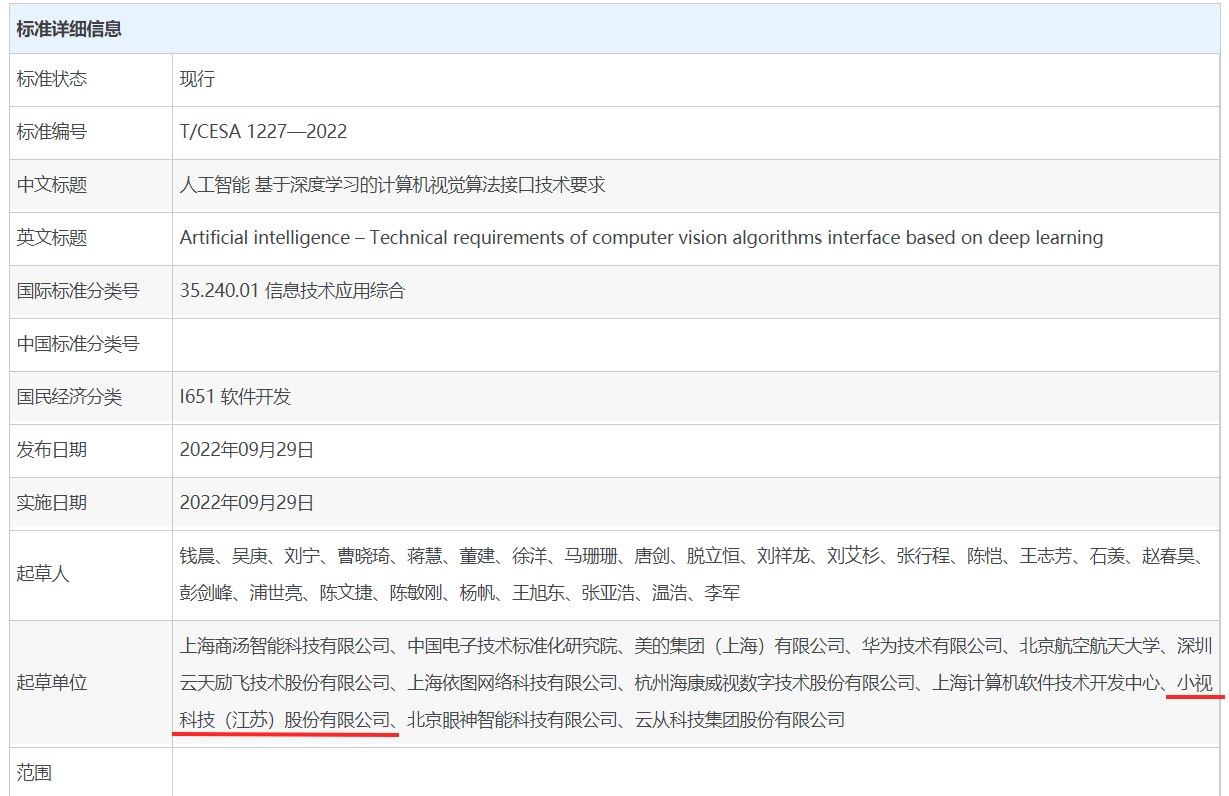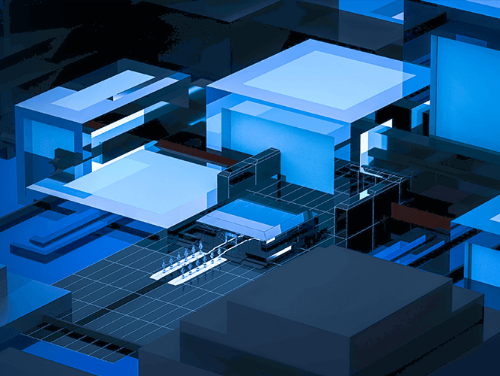With the rapid development of deep learning, computer vision has become one of the most important technologies in the field of AI, and has been widely applied in various industries.
Currently, the technology of computer vision algorithm training is becoming increasingly mature and the key content is consistent, and the interface provided by deep learning frameworks for algorithm training is becoming more stable. The logic of computer vision related interfaces is roughly similar to that of NLP, but there are significant differences in practical operation, and the adaptation of algorithms by the framework still needs to reach a general consensus.
In this context, the T/CESA 1227-2022 "Technical Requirements for Computer Vision Algorithm Interface Based on Deep Learning in Artificial Intelligence" group standard approved by the China Electronics Industry Standardization Technology Association was recently released and implemented.

This standard is proposed by the China Electronics Technology Standardization Research Institute, under the jurisdiction of the China Electronics Technology Standardization Research Institute and the China Electronics Industry Standardization Technology Association. As one of the drafting units, Minivision Technology (Jiangsu) Co., Ltd. participated in the standard drafting work.
The 'Requirements' establish the types of interfaces between artificial intelligence computer vision algorithms and deep learning frameworks, specify interface functions and technical requirements, and apply to the adaptation and invocation of application programming interfaces involved in the development and application of deep learning based computer vision algorithms.
The implementation of this standard can solve the problems of diverse computer vision learning framework APIs, uneven data formats, and different interface writing methods, as well as the need for re learning, severe fragmentation, and inability to evaluate the quality of AI models when training models using different frameworks.
By standardizing the interface between computer vision algorithms and deep learning frameworks, this standard can not only achieve decoupling between algorithm development and frameworks, improve algorithm development efficiency, reduce developers' secondary development costs, but also bring great convenience to computer vision algorithm evaluation.
The implementation of this standard can guide the industry in implementing algorithms according to interface requirements, thereby promoting the interconnection of training platforms and promoting the healthy development of the AI industry ecosystem.










